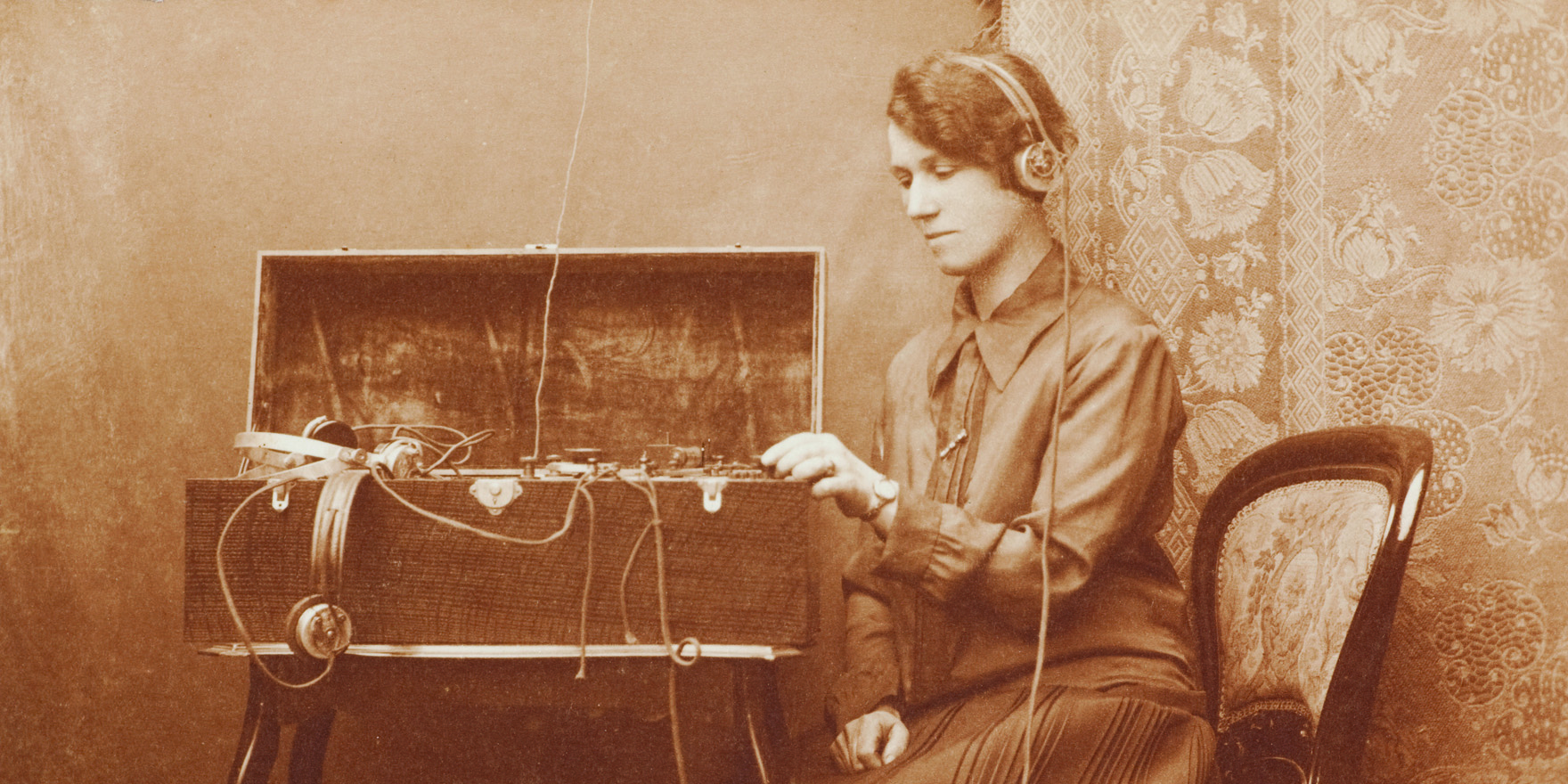Healthcare messaging and data sharing in Australia is stuck in the dark ages, and the consequences of that are critical
Severe interoperability problems in the healthcare sector are holding back efficiency, massive cost savings for government, and, most importantly, patient safety.
Each year it is believed that as many as 18,000 deaths are caused or at least expedited in Australia by medical errors. A lot of these errors have their origins in a digital ecosystem beset by bespoke secure communications systems that simply that don’t talk to each other.
In general practice, there are about 18,000 fax machines, which currently do most of the grunt work of secure messaging for things such as referral letters to specialists and hospitals, and, at times test results. That gives a very clear picture of how stuck in the dark ages healthcare messaging and data sharing remains.
It’s become a high priority for the recently formed federal body, The Australian Digital Health Agency (ADHA).
The agency is attempting to pull together the various private sector software and secure messaging vendors and healthcare service suppliers in order to get them to “burn their boats” in the name of jumpstarting significantly improved data sharing in the sector, and pave a road to significant improvements in safety and efficiency.
But where there is efficiency and gain for some, there is nearly always a loss somewhere else in the system.
And while the various software and messaging vendors and the major pathology and service providers, including Sonic Healthcare, our largest Australian healthcare company, are duly attending the peace meetings and making all the right noises, behind the scenes, the commercial strain on these organisations is already obvious.
It is hard to shake the feeling that something is likely to break, thereby dragging out the process even further.
High stakes
In a surprise recent move, Sonic appears to have declared strongly for the peace process, by agreeing with the ADHA to connect its pathology laboratories seamlessly over time to the AHDA’s mega health centralised communication project, the My Health Record (MyHR).
The ADHA will pay for Sonic to do the development. But by agreeing to automatically release pathology data to a centralised live electronic medical record (EMR) of all Australians, Sonic is taking a serious potential step to releasing the hold it and Primary Health Care has on general practice distribution channels for sending patients to their labs.
The MyHR is the government’s attempt to provide every Australian with a centralised electronic medical record for reasons of safety and system efficiency.
It’s a whole other drama for which the ADHA and its predecessor organisations have copped a lot of flak.
Current and planned investments are not likely to see a respectable return on invement for some years, based on failures of the program to date.
But if the AHDA can get the MyHR fully operational, there will be benefits for the system and a basis for future optimism.
One of the benefits would be helping to inject momentum into efforts to get healthcare interoperability sorted out quicker.
Theoretically, if Sonic rolled out its connection to the MyHR across the country, and if MyHR could connect properly to GP surgeries via their desktop systems, then up to 40% of GP secure messaging might be sorted out. Pathology results could bypass the spaghetti-like systems of multiple messaging vendors in between GPs and their various providers, all of whom fight in some way or another over talking to each other in order to retain some commercial stake in the ground.
But this is a very big “if”.
The MyHR has its own problems, and some more-cynical analysts have suggested that Sonic might just be playing the game of being seen to do the right thing, when ultimately, it, like some others, has very little confidence the MyHR will get that far.
By playing nicely, undoubtedly Sonic will be seen in a better light by government, and given the strain on Sonic’s revenues through both its GP businesses and its pathology groups created by a crackdown on the MBS, being in the good books of government isn’t a bad place to be. Pundits think Sonic’s major competitor, Primary Health Care, will follow suit soon. With both the majors in, things might well start to change in messaging and interoperability.
Locked in
Initially, major pathology laboratories did a lot of work in terms of introducing electronic messaging services to the country. However, they also held on tightly to their bespoke messaging protocols. This has meant that in order to send results to one of the major labs you had to connect to their very specific protocols.
This causes all sorts of inefficiency in the system, but ultimately it has the effect of keeping a GP who uses their labs more tightly connected to those labs, as switching is made more difficult by the systems not being seamless.
General practitioners often don’t have any visibility of the interoperability issues and don’t see the costs associated with the mess, and therefore there is very little push back from this normally strong lobbying group. But if they understood the implications better, they would push back more.
It is estimated that poor interoperability causes an average GP to lose about one hour a day in face-to-face patient time. That costs them about $57,000 per year.
Worse, the spaghetti-like electronic system that connects them to their providers, and the huge amount of paper in the system, cause huge patient safety issues.
The problem is even more an issue in our hospital sector. Australia has only two hospitals that are close to being rated as properly digitally enabled. That compares with the US where they have something like 1500 hospitals rated as fully digital.
Even then, these new digitally enabled hospitals are struggling to talk to anything external because no one else has upgraded well enough to talk to them. A lot of messaging systems remaining in place across the country were architected more than 20 years ago.
Virtually nothing talks to the cloud. It’s like Sydney’s water and sewerage infrastructure – it leaks everywhere, fails when there is any pressure of additional flows, is largely unsafe, but because it’s mostly out of sight, it hardly gets onto the funding priority list.
The ADHA and the MyHR are again in there trying to bridge the gap. Hospital discharge summaries are available electronically now in many hospitals and can be uploaded to the MyHR, rather than provided to a patient in an envelope to be lost, or sent by fax to the GP office, often, again, to be lost or never actioned, as the patient rarely follows up properly.
State governments, who pay for and manage most public hospitals, are only now starting to get serious about interoperability, and some significant plans are being developed, especially in NSW, Queensland and Victoria.
But the fact is nothing in the system today, whether it be a hospital-to-hospital, hospital-to-GP, or GP-to-pathology lab and back, really talks to anything else with the sort of seamless efficiency you see in the banking system or in the travel industry.
The healthcare sector has a big journey ahead of it.
Want to learn more?
On October 16, Wild Health Summits is putting on a day of Q&A sessions which will bring together most of the major players in our interoperability healthcare future to debate the key issues around getting the whole process moving much faster.
The day will feature panels with key government, technology and clinician influencers in the field such as Tim Kelsey, the CEO of the ADHA; Dr Ged Foley, the CEO of IPN, the largest GP corporate provider in the country; and Tom Bowden, the CEO of Healthlink, one of the major secure messaging providers. Key technology providers such as Microsoft, Oracle, Orion Health, DXC will be there as well. Tickets to this limited seating event can be purchased at www.wildheath.net.au.



